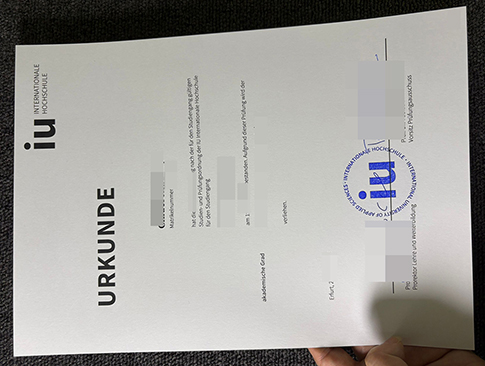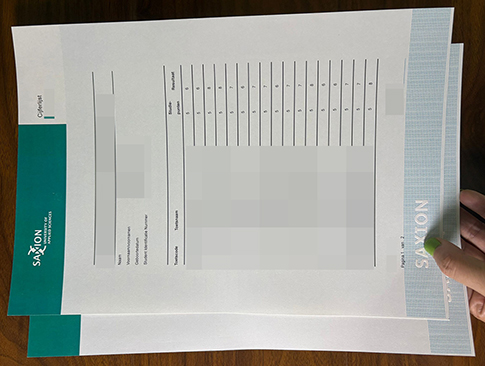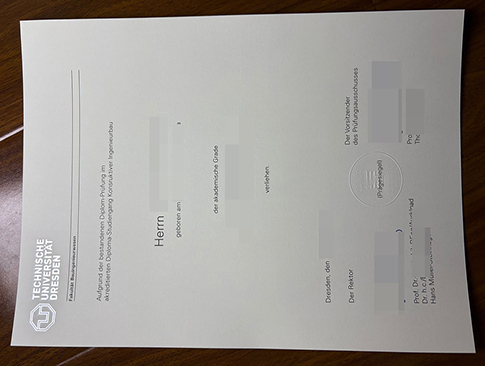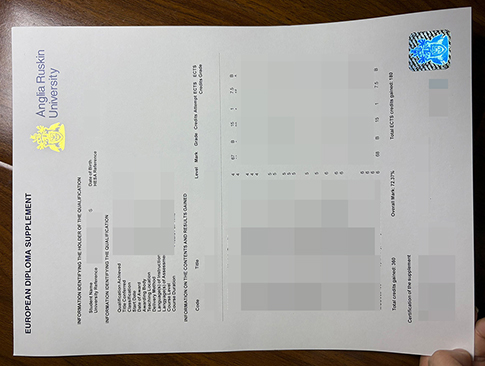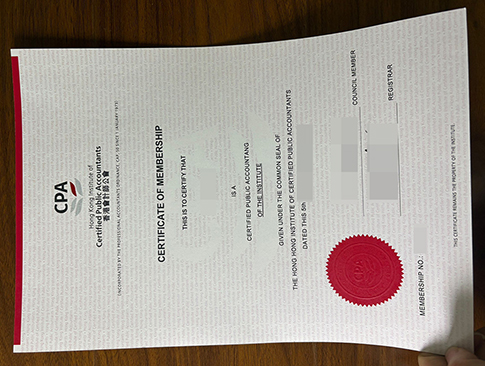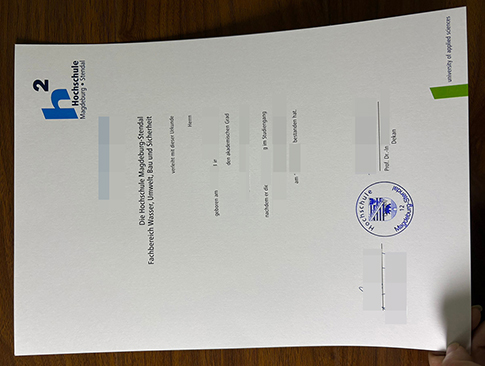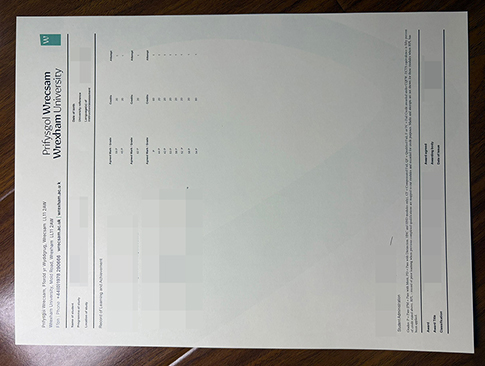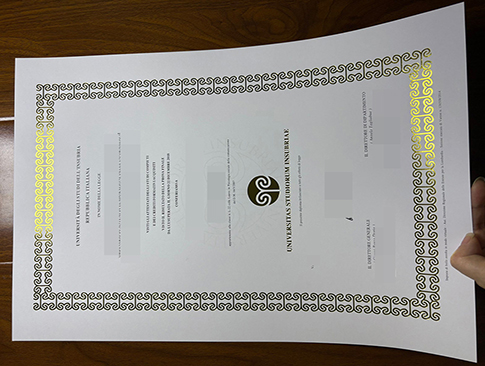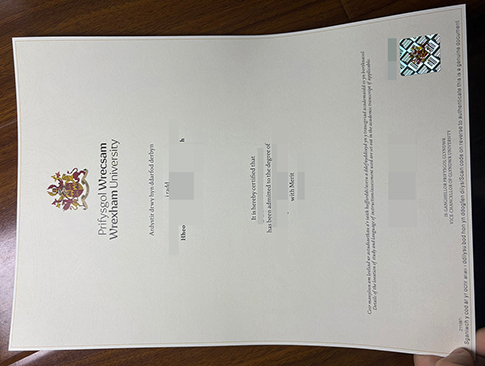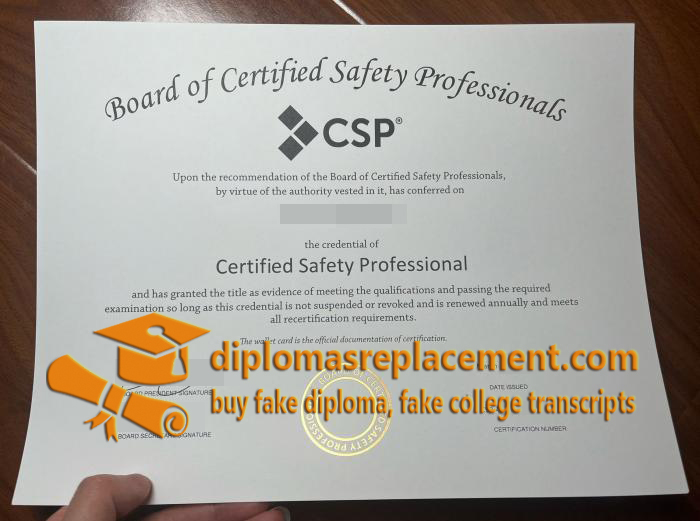
A certified safety professional (CSP) certificate is a certificate in safety practices that provides that an individual has skills in safety duties, risk assessment, and hazard evaluations. The CSP certification is administered by the Board of Certified Safety Professionals. buy a CSP Certificate, To initiate the CSP certification, you must have a minimum of a bachelor’s degree in a related field. You must also have at least four years of safety experience in which half of that is preventive and professional level. You must also hold a BCSP credential. There are several options for this You are then required to pass the CSP exam and continue to keep up to date and renewed annually.
How to get a CSP Certificate online?
The National Association of Safety Professionals also offers several training and certification courses, They offer coverage to several industries and now include affected disease prevention All of these courses meet OSHA standards as well. Getting a CSP certificate is definitively worth it. CSP Certificate online, The certificate also increases your salary on average by $30000 per year Many jobs require certification Companies look for individuals who are well educated with experience, and that certification qualifications that.
The Certified Safety Professional (CSP) Certification is the “Gold Standard” for the Safety Professional Covering a broad range of EHS concepts, this certification carriers some anticipation within the world of occupational safety, Having the “CSP” credential behind your name shows competence and credibility as a safety professional, No matter what industry the safety professional is in (construction, general industry, etc.), fake CSP Certificate maker, this certification should be one of that a safety professional streams to stay over the course of their career. It is the premier certification in the safety profession.
The Certified Safety Professional Exam is for safety professionals who perform safety tasks for at least 50% of their duties, including performing risk assessments, conducting audits and inspections to assess potential hazards, identifying and evaluating hazard control measures, preparing emergency response plans, and investing incidents.

